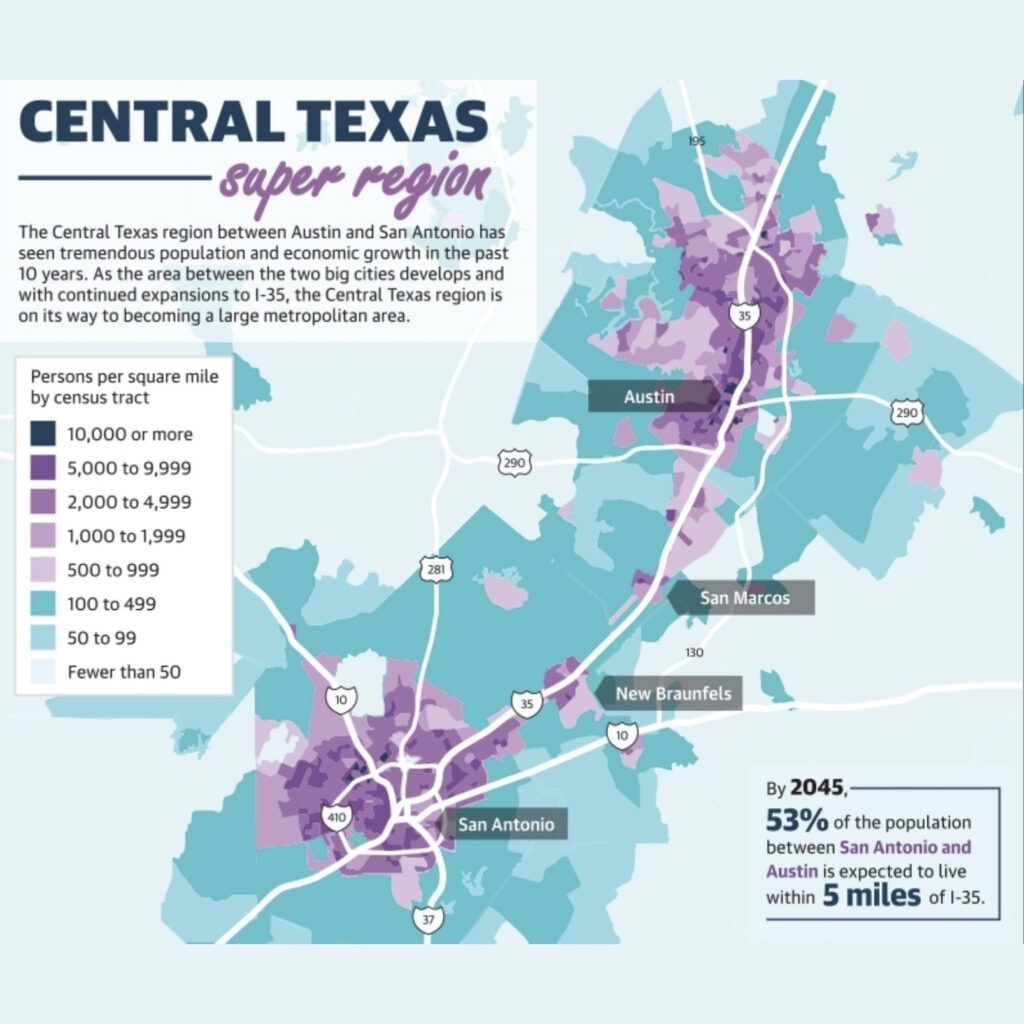One of the primary reasons why a capital improvement plan is important is that it helps ensure the long-term sustainability and functionality of assets. Without a strategic approach to maintenance and upgrades, facilities can deteriorate over time, leading to costly repairs or even complete replacements. A comprehensive plan takes into account the current condition of assets, their expected lifespan, and any potential risks or deficiencies. By addressing these issues proactively, organizations can extend the life of their assets and minimize disruptions to operations.
Another key benefit of a capital improvement plan is its ability to align with organizational goals and objectives. Whether it’s improving energy efficiency, enhancing safety measures, or accommodating growth, a well-designed plan considers the specific needs and priorities of the organization. This alignment ensures that resources are allocated in a way that supports broader strategic initiatives.
Additionally, having a comprehensive capital improvement plan provides transparency and accountability. It allows stakeholders to understand how resources are being utilized and what projects are being prioritized. This level of visibility fosters trust among employees, investors, and community members who may be impacted by these improvements.
Key Components of a Comprehensive Capital Improvement Plan
A comprehensive capital improvement plan is crucial for businesses, facility managers, and city planners alike. It provides a roadmap for effectively managing and allocating resources to address infrastructure needs and improve overall operations. To develop a successful plan, it is essential to identify the key components that should be included.
Firstly, conducting a thorough assessment of current assets and infrastructure is fundamental. This involves evaluating the condition and performance of existing facilities, equipment, and systems. By understanding the current state, decision-makers can prioritize areas in need of improvement and allocate resources accordingly.
Secondly, setting clear goals and objectives is vital. These goals should align with the organization’s mission and long-term vision. They can include enhancing safety measures, improving energy efficiency, or upgrading technology infrastructure. Defining specific objectives helps guide decision-making processes throughout the planning phase.
Thirdly, identifying funding sources is crucial for implementing the capital improvement plan successfully. This involves researching various financing options such as grants, loans, or public-private partnerships. Exploring alternative revenue streams or cost-saving measures can also contribute to securing necessary funds.
By incorporating these key components into a comprehensive capital improvement plan, businesses, facility managers, and city planners can effectively address infrastructure needs while maximizing their resources. The next section will explore tools and resources that can streamline the planning process even further. Stay tuned!
Tools for Streamlining the Planning Process
In order to streamline the planning process and ensure the development of a comprehensive capital improvement plan, there are several tools and resources that can be utilized. These tools not only help in organizing and managing the various aspects of the plan but also aid in making informed decisions for effective implementation.
One essential tool for streamlining the planning process is project management software. This software allows for efficient collaboration among team members, tracking progress, setting deadlines, and allocating resources. With features like task management, Gantt charts, and document sharing, project management software provides a centralized platform for all stakeholders involved in the capital improvement plan.
Another valuable resource is data analysis tools. These tools help in assessing the current state of assets or infrastructure and identifying areas that require improvement. By analyzing historical data, conducting risk assessments, and utilizing predictive modeling techniques, these tools provide insights into potential issues and enable decision-makers to prioritize projects based on their impact and urgency.
Geographic Information System (GIS) technology plays a crucial role in developing a comprehensive capital improvement plan. GIS allows planners to visualize spatial data such as maps, satellite imagery, and demographic information. By overlaying different layers of data, planners can identify patterns, assess geographical constraints or opportunities, and optimize project locations.
Additionally, financial management tools are essential for budgeting purposes. These tools assist in estimating costs associated with each project component, tracking expenses throughout the implementation phase, and ensuring financial accountability.
Communication platforms such as online forums or community engagement software facilitate stakeholder involvement during the planning process. These platforms allow for transparent communication between planners and residents or business owners who may be affected by proposed improvements. By providing an avenue for feedback and input from various stakeholders, these tools contribute to the overall success of the capital improvement plan.
In conclusion, developing a comprehensive capital improvement plan requires utilizing various tools and resources to streamline the planning process effectively. Project management software aids in collaboration and organization while data analysis tools provide insights for informed decision-making. GIS technology enables spatial analysis and optimization, while financial management tools ensure budgetary control. Lastly, communication platforms foster stakeholder engagement and transparency. By leveraging these tools and resources, businesses, facility managers, and city planners can develop a robust capital improvement plan that addresses current needs and sets the stage for future growth and development.
At Front Line Advisory Group, we are pioneers in Capital Improvement Bond Management, leveraging unparalleled expertise and deep industry insights. Our mission extends beyond consultation – we empower our clients to realize the full potential of their investments, ensuring tax dollars are put to maximum use through astute Program Management Consulting. For more information or to commence your journey towards transformative bond management, reach out to us at info@frontlineadvisorygroup.com












